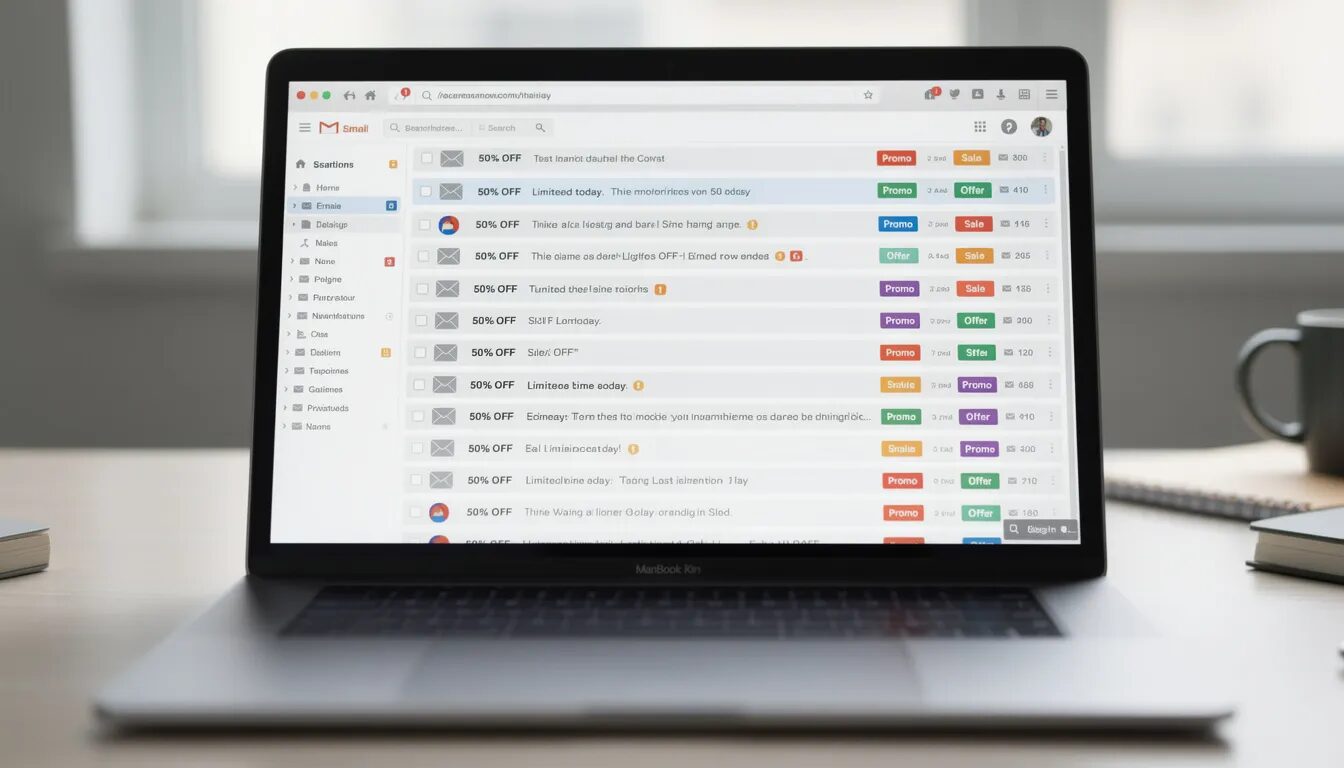Email Delivery: Understanding Response Rates
Our Email Delivery Manager Kiersti Esparza, recently contributed to our blog with Part 1 & 2 of our ongoing email deliverability information. Today she’ll be talking email response rates and what they all mean.
Even with the most engaged audience it would be nearly impossible to ever see a 100% open rate. A 70% rate would be incredible and a 20% open rate might not be bad at all! Maybe your recipient doesn’t have time in a particular day, or maybe they weren’t compelled by your subject line. Perhaps they filter personal email by businesses they frequent and wait until a weekend to look at it. Either way don’t despair, every business goes through this.
To top it all off if your recipient is viewing your email on a mobile device that only accepts text-based emails in most cases they will read the text version that won’t render an open. Remember, in order for the email to count as open, the images must have appeared and in the text version, they don’t.
If you are feeling that your open and click rates aren’t as high as they could be and your bounce rates don’t indicate any specific delivery issues, the issue is the engagement of your audience. You have to ask yourself a few questions:
- Is your content relevant to your subscribers?
- Did they sign up for mail from your balloon shop but are getting newsletters about your new florist business?
- Should you be segmenting your audience based on regional differences, gender, job title and messaging different parts of your audience with different content?
After a few campaigns you may want to email a follow up message the nonresponders differently, testing different offers to engage them. It’s pretty easy to target Responders (openers and clickers) or NonResponders (those who have done nothing) specifically.
- Are you sending too frequently?
- Are you not sending frequently enough?
Remember if you start sending too many emails for the relationship you set up with them, your recipients may unsubscribe. Conversely, if you send less than monthly, you may want to increase your frequency to ensure your audience doesn’t forget they subscribed. Older lists will generate higher bounces and generally lower engagement rates because your recipient is less likely to open and click an email from a sender they don’t remember subscribing to.
- If your audience is primarily B2B where content filtering be more of an issue?
- Are you seeing open and click rates in some domains and not others?
Maybe some of the content recommendations above could be applied to your content. See Six Tips for Delivering B2B Email.
We suggest mailing to your new subscribers as soon as possible. Specifically send a Welcome message to set their expectations on content and the frequency of your mailings. This is a best practice for all email senders. Then the frequency of your newsletters should be just as you promised them when they signed up.
See also:
6 Tips for Delivering B2B Email
How Your Email Looks in Different Email Clients
Authentication, Reputation and Feeback Loops; What it All Means
© 2010 – 2013, Contributing Author. All rights reserved.



